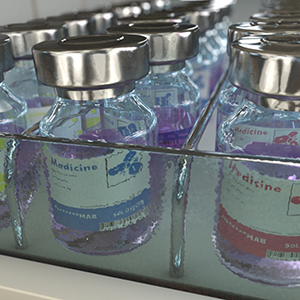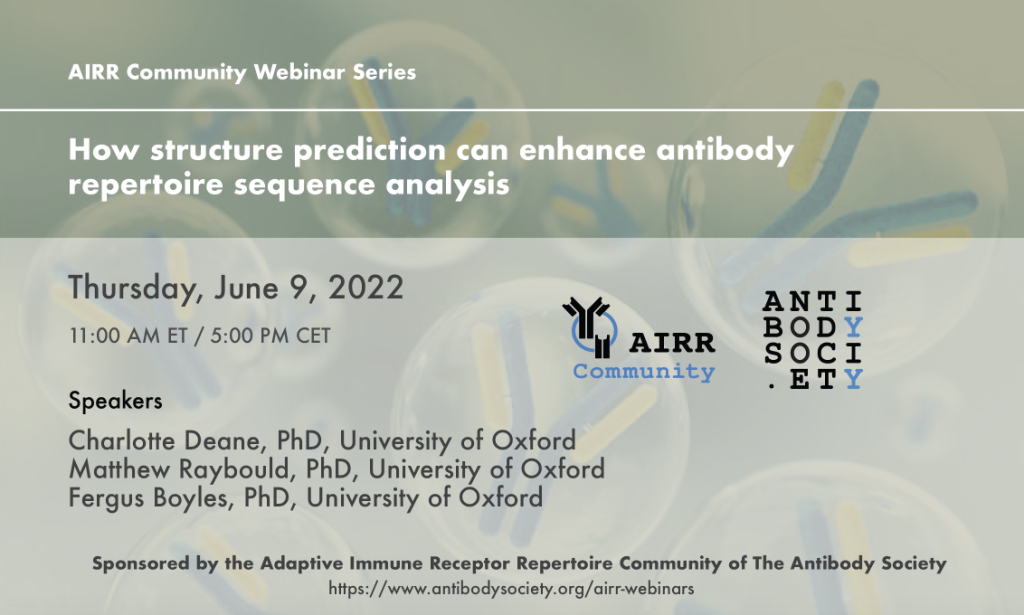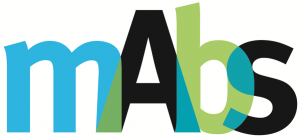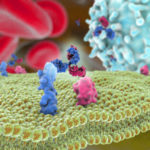 On June 8, 2022, Roche announced that the European Commission granted conditional marketing authorization for Lunsumio® (mosunetuzumab), a T-cell engaging bispecific antibody that targets CD20 and CD3, for the treatment of adult patients with relapsed or refractory follicular lymphoma (FL) who have received at least two prior systemic therapies. Mosunetuzumab (RG7828, BTCT4465A) is an aglycosylated (N297G) humanized IgG1k bispecific antibody constructed using knobs-into-holes technology.
On June 8, 2022, Roche announced that the European Commission granted conditional marketing authorization for Lunsumio® (mosunetuzumab), a T-cell engaging bispecific antibody that targets CD20 and CD3, for the treatment of adult patients with relapsed or refractory follicular lymphoma (FL) who have received at least two prior systemic therapies. Mosunetuzumab (RG7828, BTCT4465A) is an aglycosylated (N297G) humanized IgG1k bispecific antibody constructed using knobs-into-holes technology.
The approval is based on positive results from the Phase I/II GO29781 study (NCT02500407) in which Lunsumio demonstrated high complete response rates, with the majority of complete responders maintaining responses for at least 18 months, and favorable tolerability in people with heavily pre-treated FL. After a median follow-up of 18.3 months, the median duration of response among responders was 22.8 months (95% CI: 9.7-not estimable), the complete response rate was 60% (n=54/90), the objective response rate was 80% (n=72/90). Lunsumio is currently being evaluated in two Phase 3 studies: CELESTIMO, investigating Lunsumio plus lenalidomide in second line plus (2L+) FL, and SUNMO, investigating Lunsumio plus Polivy® (polatuzumab vedotin) in 2L+ diffuse large B-cell lymphoma.





